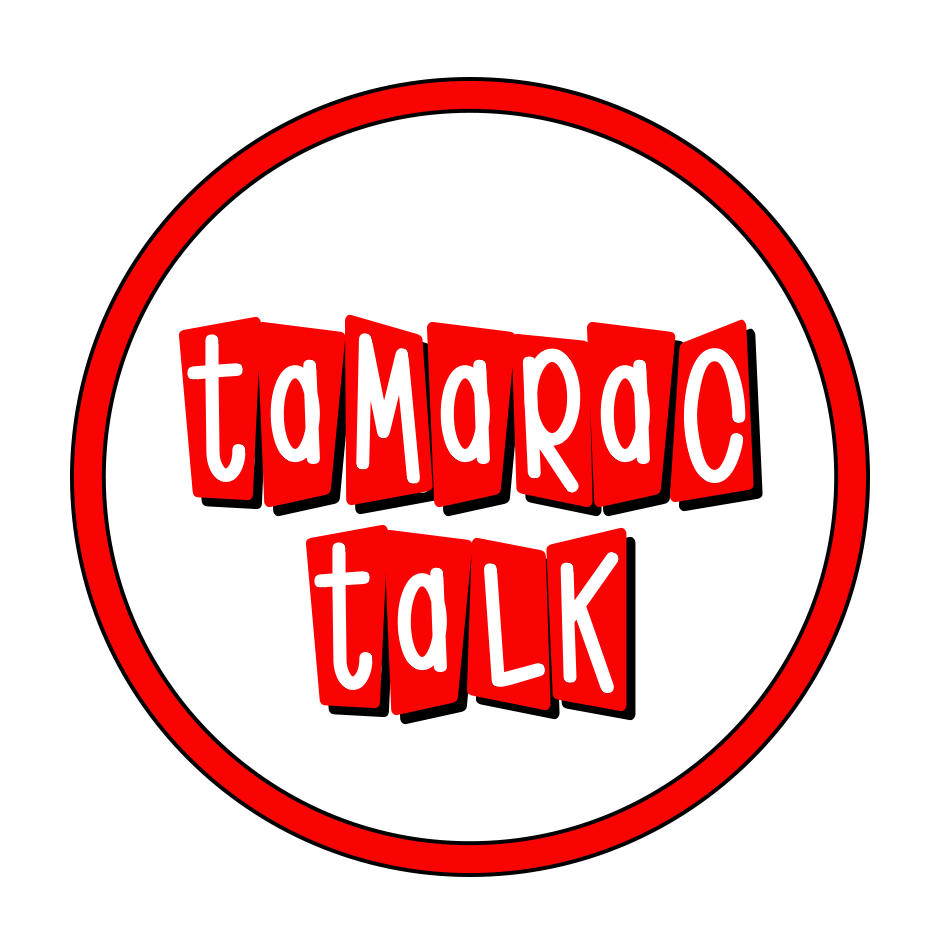By Agrippina Fadel
In the first of two meetings, the city commission discussed the proposed millage rate for 2022, and if the new rate is approved, this will be the first time it has been changed since 2013.
The proposed rate of 7.2000 was not made easily. After much deliberation, the commission voted to lower it instead of keeping the millage rate flat.
Initially, the commission was presented with a proposed millage rate at 7.2899 mills, supporting the city’s proposed operating budget and funding four additional full-time positions and three new events.
The proposed rate is the same as the 2021’s millage rate and would exceed the rolled-back rate of 6.8419 by 6.55%.
In his presentation, Jeff Streder, Budget Manager for Tamarac, explained that this millage rate would add $2.23 million more to the budget than 2021.
Streder noted that when looking at the distribution of the tax levy in Tamarac, 70% of the citizens pay between $0 and $1000 in property taxes.
The proposed 2022 millage rate of 7.2899 for the assessed home value of $125,000 would be $911 annually. At the 7.2000 rate with an assessed home value of $125,000, property taxes would be $900 —- a decrease of $11. With a home assessed at $450,000 at the rate of 7.2899, property taxes would be $3,280. At the 7.2000 rate and an assessed home value of $450,000, property taxes would be $3,240 annually — a decrease of $40.
According to Streder, compared to the other cities in Broward County, Tamarac has the 8th lowest tax burden on citizens per capita. Going into more detail, he explained that when comparing taxes levied on a median single-family home, Tamarac actually has the lowest amount of taxes levied (at $929.57) while having a higher millage rate than other cities.
“That’s because of the principle that all things being equal, you can generate less revenue from a smaller tax base, and you have to make up for it somewhere,” he added.
Streder reminded the commission that the city is also dealing with the constant inflation of prices on products and services, which must be contended with while discussing the budget.
“In the past three months, the inflation rate jumped 5% to 5.4%, which means everything we purchase will cost more and everything we do will be more expensive,” he explained.
Once the presentation was over, the commission had a lot of questions. First, Commissioner Mike Gelin asked how the money coming from the American Rescue Plan in being factored into the next year’s budget.
Financial Services Director Christine Cajuste answered that the Federal grant the city received in 2021 does not affect the budget for 2022, and future grants cannot be added to the budget. In a later comment, she added that there are specific rules for the use of those funds.
Resident Darcy Schiller from Kings Point encouraged the commission to accept a higher millage rate, reminding them that Tamarac needs a lot of street work and requires funds for staffing parks and rec.
“If you reduce the millage rate to what it was a few years ago, we would be at a tremendous loss to maintain the services we have now, which are good but not enough,” she said.
In the end, the motion to set the millage rate at 7.2899 did not pass, with only Mayor Gomez and commissioner Debra Placko voting in support of it.
Commissioner Gelin proposed a much lower rate of 7.1450 mills but did not find support. Commissioner Marlon Bolton made a motion to reduce the millage rate to 7.2000 to provide financial relief to the residents who need it. He also expressed his opinion that Tamarac is “spending too much as a city.”
Streder explained to the commission that the suggested rate of 7.2000 will bring an additional $1,800,372 to Tamarac’s budget compared to 2021 but will mean a loss of $405,585 in revenue compared to the millage rate of 7.2899 mills. The commission then proceeded to discuss where this money could potentially come from.
Vice Mayor Elvin Villalobos suggested cutting the events in the coming year. Instead of Black History Month ($78,000), Caribbean Heritage Month ($78,000), and Juneteenth ($50,000), the city only holds the Tamarac One event, costing $91,500.
Commissioner Gelin proposed looking closer at the cost of benefits to the city’s employees, including pension contributions and health care benefits, to make up for lost revenue without affecting the citizens.
Mayor Michelle Gomez concluded the discussion, saying that she would not be supporting any cuts that affect the benefits or salaries of city workers. She praised the employees for working extremely hard during COVID while dealing with the rising cost of living and reminded commissioners that employees are the city’s biggest asset.
“For Tamarac residents to get what they need, we need people to work here. And I believe if we start hurting our employees, they are going to look elsewhere. We are going to lose some really good people, and our city is already running with a deficit. We need employees more than we need five of us up here,” said Gomez, explaining she would support the reduction of city events instead.
A motion to propose the millage rate of 7.2.000 mills was passed unanimously. Streder added that the staff already looked at ways to cut expenses, in future events, reductions in salary and travel budgets, and created a list of possible cuts.
A full explanation of the millage rate will be presented at the Final Public Budget Hearing on September 28. at City Hall.
Got News? Send it to Tamarac Talk.











